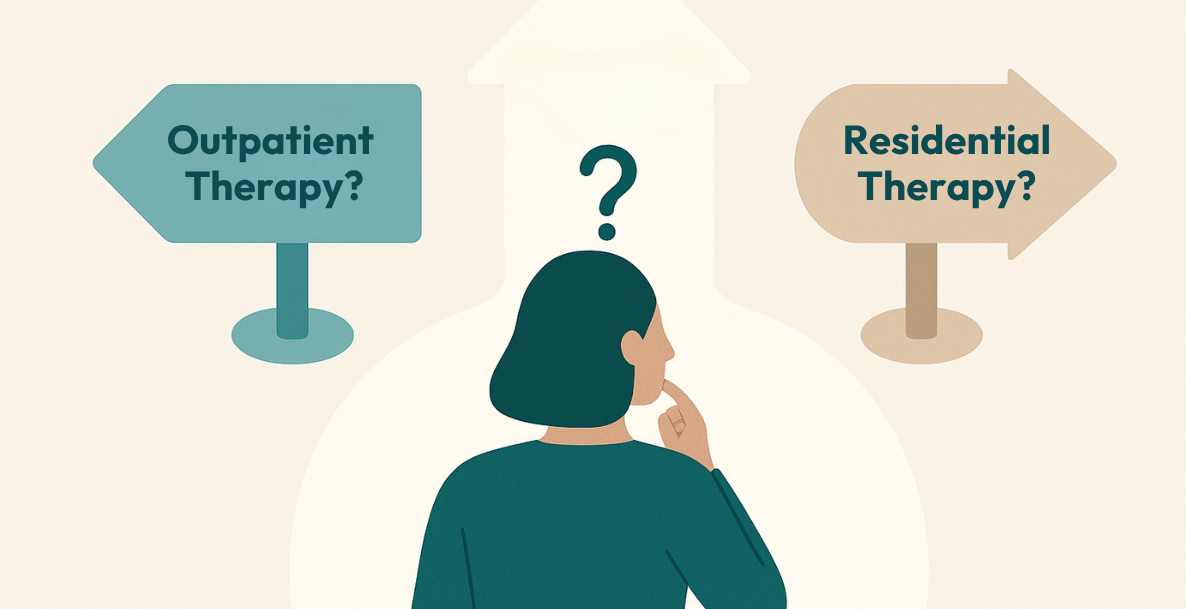Trauma can profoundly disrupt our sense of security, leaving us feeling unsafe and vulnerable. This disruption often leads to self-sabotage as individuals attempt to cope with overwhelming emotions and memories. The persistent fear and anxiety stemming from trauma can cause people to engage in behaviours that undermine their well-being, such as avoiding opportunities, forming unhealthy relationships, or resorting to substance abuse.
These self-sabotaging actions are misguided attempts to regain control and escape the fear and pain, ultimately perpetuating a cycle of distress and preventing healing and personal growth. Addressing trauma is essential to breaking this cycle and restoring a sense of security, safety and stability, without the need for harmful coping mechanisms.
How Does Trauma Disrupt Our Sense of Safety
Trauma disrupts our sense of safety by altering the way our brain and body respond to perceived threats. When we experience trauma, the brain’s amygdala, responsible for detecting danger, becomes overactive, leading to heightened vigilance and a constant state of alertness. This can cause the body to remain in a prolonged fight, flight, or freeze response, making it difficult to feel calm or secure.
Additionally, trauma can impair the functioning of the hippocampus, the brain region involved in processing and storing memories. This can lead to fragmented and intrusive memories of a traumatic experience. These memories are stored without associations, connections or ‘timestamps’, making it difficult for individuals to distinguish between past and present threats, as the memories feel more like re-living the experience than remembering it. As a result, even benign situations that hold some resemblance to the trauma – such as a smell, sound or internal feeling – can feel intensely dangerous, perpetuating a sense of insecurity.
Moreover, trauma often leads to a disruption in our relationships and social connections, further exacerbating feelings of isolation and vulnerability. Trust issues and difficulty forming healthy attachments are common, as past experiences shape our expectations and interactions with others. This lack of trust and connection compounds the sense of being unsafe, both physically and emotionally.
Ultimately, trauma fundamentally shifts our perception of the world, making it challenging to feel safe and secure.
Trauma, Safety and The Nervous System
Trauma is not about the event itself but how our body responds to it – it is an unfinished physiological response to an overwhelming threat that leaves us feeling helpless, frightened, and out of control. During a traumatic experience, our brain and body enter survival modes triggering the ‘fight or flight’ response, flooding us with stress hormones like adrenaline and cortisol.
When we can’t fight back, escape, or appease, we freeze. This sense of entrapment can result from situations like child neglect, sexual abuse, or emotional abuse, in addition to a wide range of other causes. Trauma healing involves addressing these unresolved responses later, by processing the unfinished threat response that became stuck in the body when we froze.
Trauma alters the brain, activating its primitive survival parts and affecting memory storage, leading to fragmented and disorganised recollections. Emotions and physical sensations tied to the trauma can become stuck, causing hypervigilance, flashbacks, and emotional numbness. Trauma impacts how we feel, think, and relate to others, with our bodies reacting as if we are still in danger. This is evident when we are ‘triggered,’ which reactivates the trauma response and leads to overreactions.
How Are Self-Sabotaging Behaviours Related to Perceived Safety
Trauma severely disrupts the body’s ability to self-regulate, both mentally and physically. This dysregulation affects perception, cognition, emotional tolerance, bodily functions, and identity formation.
In response to chronic dysregulation, individuals develop various coping mechanisms, which can be adaptive or maladaptive. These strategies often involve using the body to shift or discharge tension and discomfort, leading to high-risk behaviours such as self-injury, eating disorders, substance use, and self-sabotage.[1]
Adult survivors frequently develop these compensatory strategies long before seeking professional help. These behaviours aim to alleviate trauma symptoms but often perpetuate a cycle of self-destructive actions, making symptoms worse.
For example, survivors may avoid opportunities for fear of failure, push away relationships to avoid potential hurt or engage in substance use to numb overwhelming emotions or physical pain. These behaviours are coping mechanisms we have employed to cope with a situation from which there seems no other escape.
The Paradox of Perceived Safety and Sabotage
Frequently, when we finally achieve something we deeply desire, we inadvertently jeopardise it. For instance, in relationships, we might aspire to meet the ideal partner, yet once this occurs, we can swiftly become the most unfavourable version of ourselves. This phenomenon can be attributed to our nervous system’s response to unresolved past traumas.[2]
When we become stuck in the frozen state of overwhelm as a result of trauma, unable to fully process and move past the initial threat, the unresolved response remains in our nervous system, waiting to be triggered again. Each subsequent perceived threat compounds the initial unprocessed trauma, leading to increasingly chaotic responses.
To resolve this, we need to revisit and complete our responses to each past threat, but this process can only begin once we feel safe. Safety allows our nervous system to discharge the stored traumatic energy, an often uncomfortable but necessary step toward healing. This discharge can manifest as physical sensations or emotional releases, and it is essential for completing the threat cycle.
However, this healing process has a paradoxical consequence. When we finally find a safe and comfortable situation, like a loving relationship or a stable job, our nervous system seizes the opportunity to process unfinished business. This brings unresolved trauma to the surface, making us feel overwhelmed and leading to self-sabotage. We may misinterpret these feelings as dissatisfaction with our current situation, prompting us to undermine what we’ve worked hard to attain.
The solution lies in consciously focusing on our body’s sensations while staying grounded in the present safe reality. By doing so, we can process past traumas without sabotaging our current circumstances, ultimately leading to genuine healing and stability.
Sources:
[1] Fisher, J. (2000). Addictions and trauma recovery – Janina Fisher. https://janinafisher.com/wp-content/uploads/2023/03/addictions.pdf
[2] Fry, B. (2019). The invisible lion.






